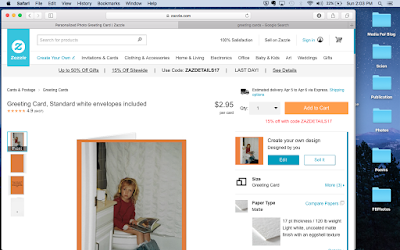Boots
Final project time, woo! This project is called "Boots", and it deals with either a social phenomenon or the psychic energy we have inside all of us, whatever you believe in or not. I had a really good time acting as the facilitator of this exercise, I basically just got to play with people's psyches for a bit, trying to tease out a more comprehensive image. The exercise went as follows: I set up in a space that was unfamiliar-ish, or at least not a personal space, then I asked the subject to examine the boots for as long as they felt they needed. Then I read out the following script (with a little variation based on their answers): "Close your eyes. Imagine a comforting and familiar space. It can be in your home, at school, or a place that you’ve never been. Please describe this space. Now, invite the owner of the boots into your space. Take a moment to greet them and look at them. Now describe them to me. How old are they? How tall are they? What are

